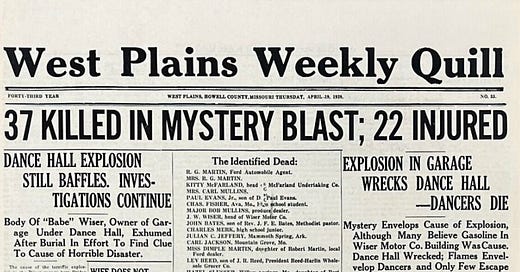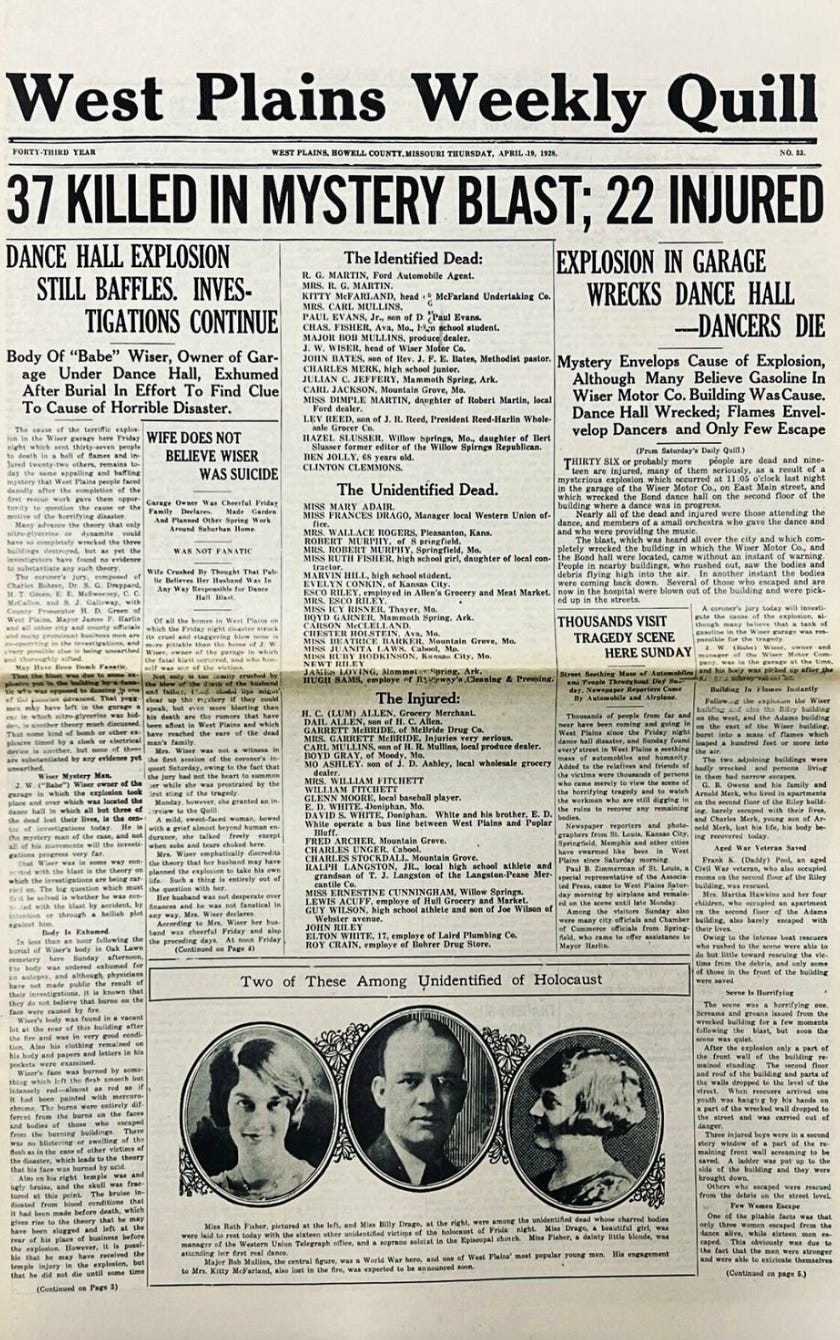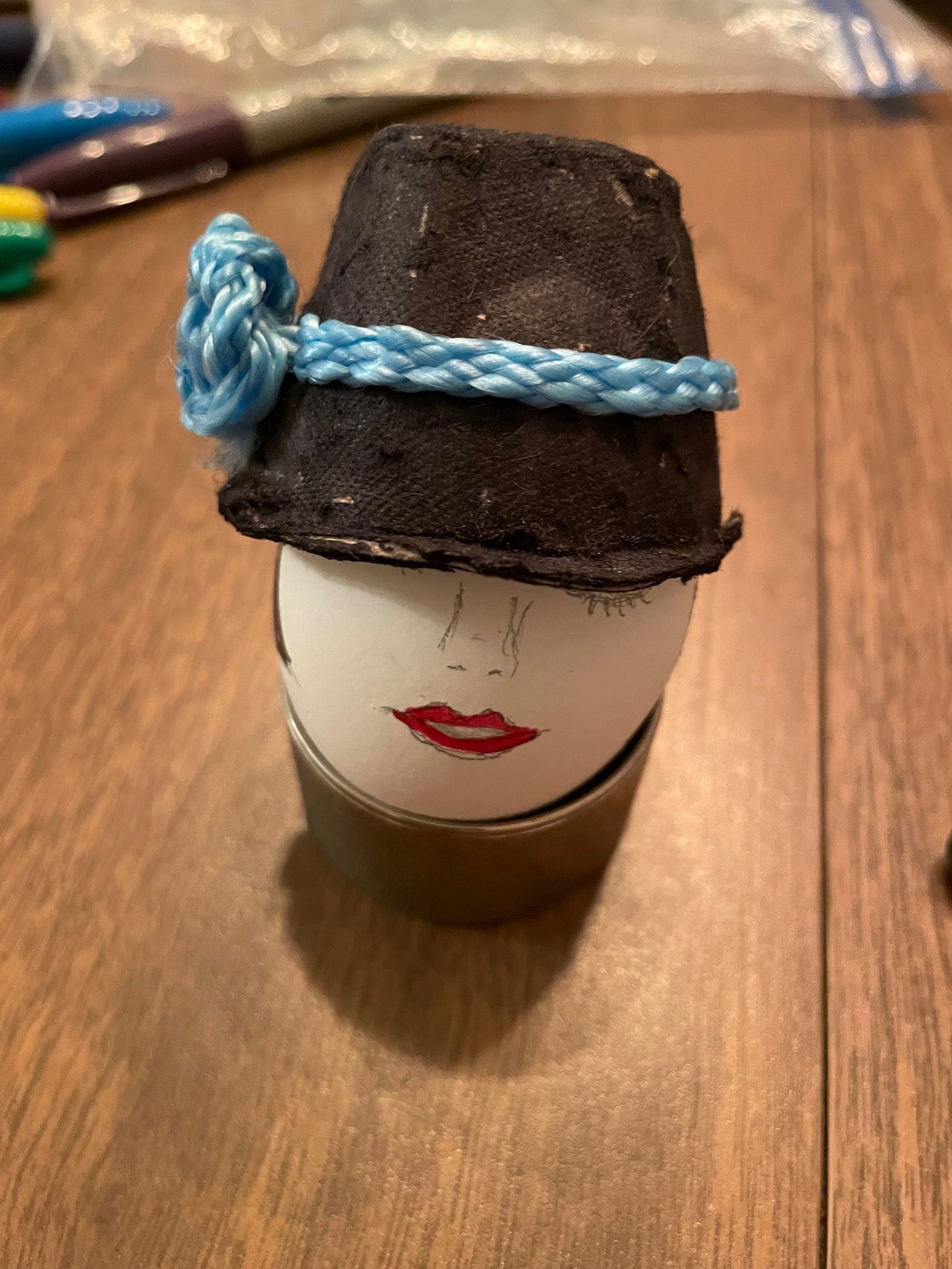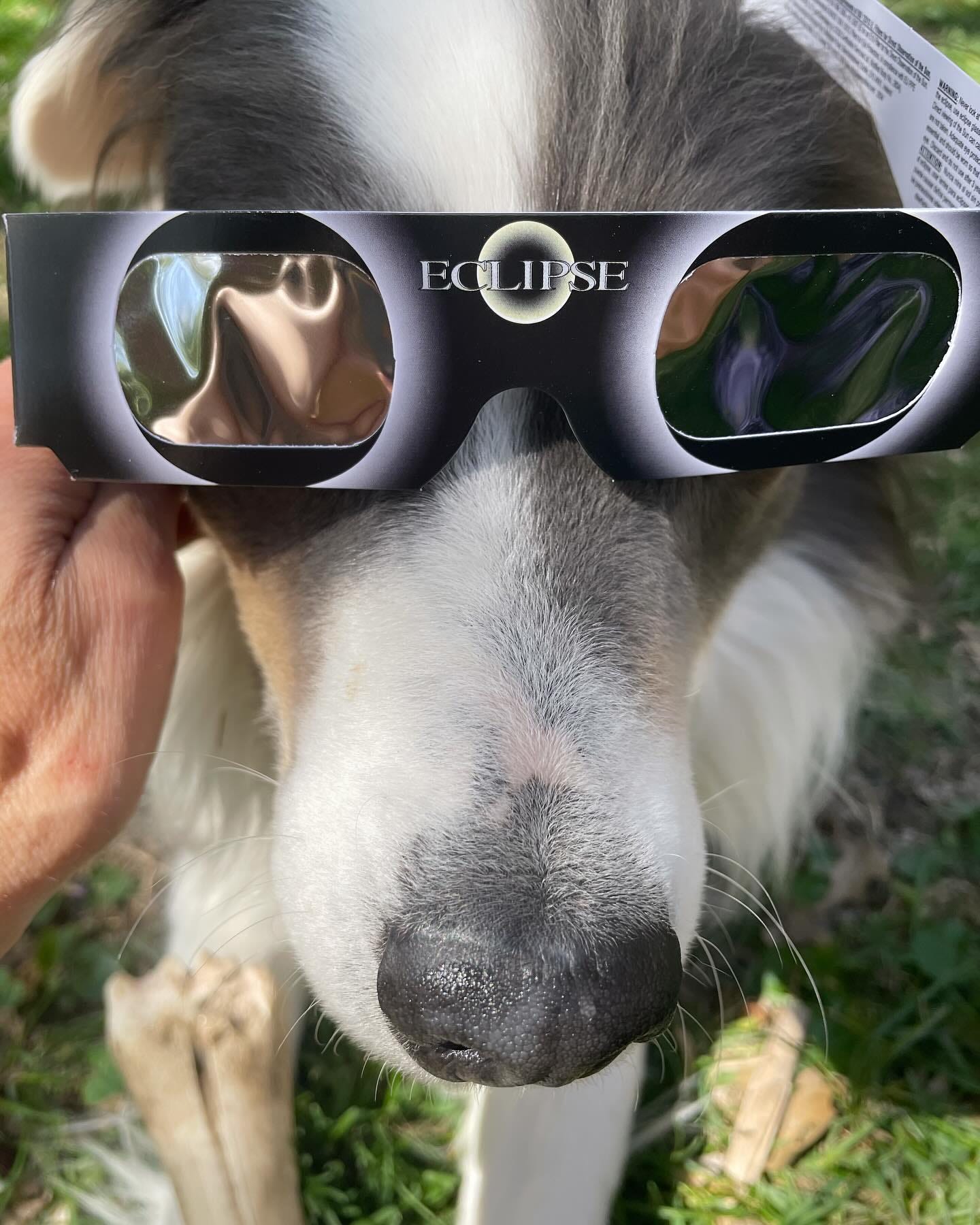A dance disaster that reshaped an entire town: Full Interview
In the Flower Sisters, author Michelle Collins Anderson re-imagines the West Plains Dance Hall explosion on Friday, April 13, 1928
Before we begin…
Here’s the scenario: you are one of the people caught up in a terrible disaster and you have a split-second to decide if you are going to go back to your own life or assume a different identity that you will now live with for the rest of your life. What would you do? Why do I ask? Read on.
Welcome! You’ve reached Spark. Learn more here or just read on. If you received this from a friend, please join us by subscribing. It’s free! All you have to do is press the button below. If you have already subscribed, welcome back! If you see something you like, please hit that heart so others can find us more easily.
A small town explosion and the mystery that remains
Ninety-six years ago today the Bond Dance Hall in West Plains, Missouri thrummed with jazz and the energy of about fifty of the town’s young people fox-trotting to the tune “At Sundown.” when there was a giant explosion. When the smoke cleared, 37 of the dancers were dead and 22 were seriously injured. The buildings around the dance hall, which was located over a garage, were shattered as were the lives of many who resided in the small Ozark town.
No one knows what happened. Few talked about it. In fact, Michelle Collins Anderson lived in West Plains for seventeen years and her family had lived there longer but she only found out about it when her father gave her a book The West Plains Dance Hall Explosion by Lin Waterhouse. That was the spark that led to Collins’ first novel, The Flower Sisters. The novel comes out on April 23rd but is available for pre-order here or wherever you buy your books. For those who like to listen, the audiobook also launches on the 23rd. Here are a few lines from the prologue which takes us to the dance floor seconds before the explosion on Friday, April 13, 1928.
She felt Dash’s hand slide down to the small of her back and pull her in close. She shut her eyes and let the beat of the drum take over for thinking, the rhythm of it made her body want to answer yes, yes, and yes…Then: a flash so bright she could see it through her eyelids…Almost instantly, a deafening explosion followed and she felt the floorboards rising beneath their feet…She felt the night air on her cheek. The ceiling had opened up into a brilliant night sky, stars cooly winking at the dancers, frozen in the air at their apex for those few unbelievable seconds.” — The Flower Sisters byMichelle Collins Anderson
I was lucky enough to be an early reader of The Flower Sisters and by “early” I mean 2018 or so when Michelle and I were members of a FaceBook group that matched unpublished writers with published writers for feedback and help. I don’t think she needed much help but it was really fun to work with her and see how she took a real-life mystery and turned it into a terrific historical novel that explores how the explosion changed lives and families in ways that rippled through the decades to the present. Here are excerpts from an interview I conducted through email with Michelle.
You can find out more about Michelle and her writing on our Spark Author’s page, on her website, and by following her posts on Facebook and Instagram.
The writer’s journey
What was the beginning of your journey as a writer? Have you always wanted to write a novel or did this book come as a surprise to you?
I have been writing my whole life — starting with my handwritten (and illustrated!) Family Press Newspaper from my youth, where my brother and I documented the goings on of the five inhabitants of our house and our daily adventures on sixty acres of Ozark farmland. Not typically exciting, but fun! I wrote a book of short stories for my grandmother, too; I remember a particularly dark tale where Thomas Jefferson was in a crowded, unlit room with Abe Lincoln and George Washington — when suddenly the lights came on and one of them was snatched up by a giant hand. That was the big reveal: Thomas Jefferson was actually a nickel in a cash register drawer. I wouldn’t classify it as “O Henry” material, but I was absolutely compelled to write things that amused and interested me from a young age.
I wrote short stories on and off throughout my young adulthood, but I always dreamed of writing a novel “when I had time,” which — in retrospect — is hilarious! No one has time to write a novel!
How did your work and training as a journalist prepare you to write this novel? What made it easier? What, if anything in your background, made it more difficult?
I think journalism training is excellent for any type of writing. The ability to ask questions, do research, organize your thoughts into an order that makes a good story that is both true and concise is a wonderful skill to have. I don’t think a longer-length book is an excuse for extra fat or wordiness in the prose, so my editing skills have been gainfully employed, too!
The novel The Flower Sisters is about a teenage girl, Daisy, who is dropped off for the summer by her hippie mom at her grandmother’s house in small town Possum Flats, Missouri. Her eccentric grandmother, Rose, runs the funeral home. Daisy — bored out of her mind and trying to figure out where she belongs — talks her way into a newspaper internship. There, she discovers the story of a dance hall explosion fifty years prior that killed 39 people, the cause of which was never determined. Daisy is shocked to find familiar names among the victims and is bent on discovering and writing about the heroes and happenings of that night. The community isn’t so sure it wants her digging around, and she discovers that no one is exactly who they appear to be — even her own flesh-and-blood.
Based on the real-life Bond Dance Hall explosion that happened on April 13,1928 in West Plains, Missouri, the novel explores the ripple effect of a horrific tragedy throughout the decades and generations. And how reckoning with the past can lead to forgiveness, redemption and reconciliation.
Daisy’s internship experiences were much like my own when I had a summer job at The West Plains Daily Quill. I, too, learned to write an obituary and spent many hours photographing prize livestock at the county fair as well as weird vegetables and flowers that people brought in from their gardens! So that part of the book was made much easier to describe.
Probably the most difficult part of writing this novel was understanding the sentiment some people from the time held, which was that the dancers “brought it on themselves” by doing something that God frowned on. I grew up in the Bible Belt but didn’t practice a religion where dancing and drinking were considered a sin. I had to inhabit that other mindset as fully and honestly as I could, specifically through my character Dash Emmonds, a young ne’er-do-well who survives the blast and dedicates himself to preaching the Lord’s word in the aftermath.
How did other aspects of your background come into play as you worked on this project?
Mostly my experience of growing up in a small town, where everyone knows you. It can be a blessing: both a warm, wonderful and safe feeling on the one hand — but occasionally stifling and limiting on the other. The teenagers Daisy and Joe in the book both deal with different flavors of this. Daisy is an “outsider” but everyone in town knew her rebellious mother and feels they know her; Joe is the star football player who longs to break out of the expectations that people have for him.
The book’s journey
When did you start the novel? When did you know it was finished? What do you see when you look back - what obstacles or choices and decisions determined the shape of your novel and/or the way you chose to tell the story?
I started this novel back in 2011, when I was on a semester-long break from my MFA program. My father had sent me a non-fiction book by the West Plains writer Lin Waterhouse entitled THE WEST PLAINS DANCE HALL EXPLOSION. I read it with amazement: how could I have lived in a town for seventeen years and never heard anything about the tragedy? My father and grandfather grew up there; my grandfather would have been about nine at the time it happened. The idea that this was something people were reluctant to talk about — coupled with the fact that the cause of the explosion was never determined — made me want to write a book of my own, but fictionalized.
Warren Wilson, like most MFA programs, concentrated mainly on the short story as the method of learning and teaching, so I didn’t have time to try a book when I was in the thick of things there. Once I graduated in 2013, I went back to the novel and worked on it in fits and starts while I stayed home raising our three children. I thought the book was finished many times, but I had a lot of good mentors who helped me sharpen, polish and focus my work. I finally submitted it to agents back in 2021. It took 46 tries and a whole year to find mine; I had almost given up when I sent one last batch of query letters out in January of 2022 and she plucked The Flower Sisters out of an unimaginably large field of submitters and submissions.
As far as how I made my choices to tell the story, I knew that Daisy would be my protagonist, tying the generations and narratives together. But I soon found that her grandmother, Rose, had the most to say — and the novel really is her story. So I balanced them out with a counterpoint character, Dash, the self-righteous preacher, and I was convinced I had my three voices to tell the tale. Imagine my surprise when some of the other of the town’s inhabitants wanted to say their pieces, too! I ended up with six first-person voices to tell this story. It was quite a challenge to make sure their voices on the page were different from each other — and to only tell things that they would notice or know about.
After that, I swore my next novel would be written in the third person!
When you started writing these characters and their stories, were you ever surprised by the direction they took? Which characters most challenged you or drew you in?
Every day! That is the delight of writing, to create a character, think you know them… and then watch as they go off script! But it is also how characters become more complicated and real. I love it. When my characters get predictable, I know I am forcing the issue — and I need to relax my grip and let them do their things, good, bad or otherwise.
I loved all my characters. Daisy, young and left behind, searching for belonging in a town that “sounds like roadkill and is every bit as flat;” Rose, sassy and quirky in her role as town mortician, but suffering immense guilt because of her sister’s death; Dash, who was SO bad and is now way too good… but, as he nears the end of his life, is forced to rethink his ideas and relationships. Then there’s Smiley, the photographer who learned on the job the night of the blast; Jimmy, the police chief and hero who rescued so many that night; Hazel, the postmistress who knows everyone’s business and still has survivor’s guilt… and many more!
What are the challenges and joys of writing historical fiction? Do you expect to continue to seek inspiration from historical events for your fiction?
I didn’t set out to write historical fiction, as funny as that sounds. I just knew I had a good true story that could be a wonderful springboard into a novel. I discovered after I wrote it that it was historical fiction, and in the publishing world, it is easier to market a book that is in a certain “lane.” To my chagrin, I have learned that any writing set in the 1970s is termed “near-historical” — how’s that to make some of us feel old!?
I think the challenge of writing historical fiction is getting the little details right. Even though the same basic human dramas take place across the ages, if there is something in my story that doesn’t ring true — whether it is language, dress, models of cars, types of caskets, even variety of apples (did you know that Granny Smith apples weren’t available in the U.S. until the 1970s?) — it can take a reader out of my novel.
The joy of writing historical fiction is that I get to introduce a reader to an event, time or place that he or she may not have been aware of before. I love that The Flower Sisters is a means of helping preserve a piece of my small town’s history. I hope it will make people aware of and intrigued by the place I grew up — and take away something positive from the experience. In these times of Netflix shows like “Ozark,” it feels like a real battle to remind everyone that there are good, smart and kind people everywhere in America — just as there are bad ones.
What books did you read that helped you with your own writing or with writing this novel specifically?
As I mentioned before, the book The West Plains Dance Hall Explosion by Lin Waterhouse helped provide the framework for the story, and contained many interesting tidbits and facts. When I started the novel, I had recently read The Sweet Hereafter by Russell Banks, which is a novel about a school bus overturning and killing several children in a small community and how people respond to the loss. It was told in a multiple POV format, and it inspired me to try to do the same with my own hometown tragedy.
What’s next?
What is next for you? What are you writing now? If I remember correctly, you've already sold your next novel (Congrats by the way!) -- let us know what that book will be about and when folks can expect it.
Thank you! I’m finishing a draft of my second novel, also historical fiction set in the Missouri Ozarks and central Arkansas. It takes place in the late 1920s and early 30s, and is both an adventure story and a story about family. It features a young woman who is forced to take over the family moonshine business after the murder of her father. She is on a mission to save the family while avenging her father’s death… but of course, nothing goes as planned. She learns that while revenge can be satisfying, forgiveness is harder… and more worthwhile. And that the definition of “family” can be much broader and deeper than she knew.
I don’t have a timeline for the book yet! But anyone interested can keep up to date on my website michelleanderson.me There is also a list of tour dates for The Flower Sisters. I’ll be traveling through Missouri, Kansas, Oklahoma and Texas in late April through mid-May.
Process
What does a typical writing day look like for you? Give us a quick glimpse into your process, beliefs, what works for you.
I’m lucky because my husband gets up first and makes the coffee! There would not be writing or much of anything without that first cup, I’m sorry to say. I usually go jogging, compare my Wordle with my siblings (the competition and struggle are real!) and check email and read or post on social media. Then I take off for the library, where I book a quiet room for the maximum two hours — but I usually stay longer because demand isn’t high at my branch. I try not to leave until I hit my goal (which for the latest novel was about 1,000 words a day). After lunch, I work in my home office — a combination of writing (if I didn’t make my goal) and other related tasks like updating my website or trying to interest a local gift store in carrying my novel. Then time to walk Finn, my rambunctious border collie, make dinner, relax and get ready to do it all over again the next day. It’s amazing how quickly the words add up into pages, chapters and — eventually — a book. There is no substitute for “butt in chair,” although I dearly wish there were sometimes!
Five quick things
What are the books by your bed right now?
The Heaven and Earth Grocery Store, by James McBride
The Last Karankawas, by Kimberly Garza
The Book Woman of Troublesome Creek, by Kim Michele Richardson
The Husbands, by Holly Gramazio
North Woods, Daniel Mason
Refuse to Be Done: How to Write and Rewrite a Novel in Three Drafts, by Matt Bell
What book have you read so many times you practically know it by heart?
I’m not a big re-reader because my TBR always tempts me away… but I can definitely recite many a children’s book by heart! Goodnight, Moon!
If you could pick up to three authors to have a long lunch with, who would it be?
I’m going to cheat and say that it would be my friends from my MFA program, all wonderful writers and smart and funny as hell. We live all across the country, from New York to California, so our conversations are mostly limited to text quips. It would be fun to have a long, uninterrupted lunch! I’m afraid I would be paralyzed to eat with my writing heroes — I’d probably spill something on my shirt (or worse!) and become an anecdote!
What writing tools can’t you live without?
My laptop, of course. Pilot G2 premium gel roller pens, .7 mm, black. A package of smallish sticky notes in multiple colors — one for each character! And the aforementioned mug of steaming hot coffee with half & half.
Describe your idea of the perfect day.
Sunny spring weather with everything in bloom like it is right now here in St. Louis — and the chance to get outside in my flower gardens and dig in the dirt. Play some tennis or take a nice long hike at a state park with my dog and my husband. Then have a nice dinner out and end the day reading a really good book.
Welcome New Subscribers!
If you’ve just subscribed, thank you so much for being here. If you would like to check out past issues, here’s a quick link to the archives. Be sure to check out our Resources for Readers and Writers too where you will find links for readers, book clubs, writers, and writing groups. If you’ve got some links to add, send ‘em in!
And if you’d like to browse for your next read, don’t forget to check out books by authors in our community at the Spark Author Page. If you are a published author and subscribe to Spark, we’d love to add you to the list. Here’s how to do that. Another great source for new books: the varied and insightful reviews you’ll find among the #Bookstackers.
The more the merrier! Please share with your friends and invite them to join us!
Let me know how you are and what you’re reading. If there’s an idea, book, or question you’d like to see in an upcoming issue of Spark, let us know! Use the comment button below or just hit reply to this email and send your message directly.
Ciao for now!
Gratefully yours,
Betsy
P.S. And now, your moment of Zen…the writer’s dog
Finn, Michelle’s canine assistant took time out this week to be on deck for the eclipse.
Calling for Your Contribution to “Moment of Zen”:
What is YOUR moment of Zen? Send me your photos, a video, a drawing, a song, a poem, or anything with a visual that moved you, thrilled you, calmed you. Or just cracked you up. This feature is wide open for your own personal interpretation.
Come on, go through your photos, your memories or just keep your eyes and ears to the ground and then share. Send your photos/links, etc. to me by replying to this email or simply by sending to: elizabethmarro@substack.com. The main guidelines are probably already obvious: don’t hurt anyone -- don’t send anything that violates the privacy of someone you love or even someone you hate, don’t send anything divisive, or aimed at disparaging others. Our Zen moments are to help us connect, to bond, to learn, to wonder, to share -- to escape the world for a little bit and return refreshed.
I can’t wait to see what you send!
And remember, if you like what you see or it resonates with you, please share Spark with a friend and take a minute to click the heart ❤️ below - it helps more folks to find us!







